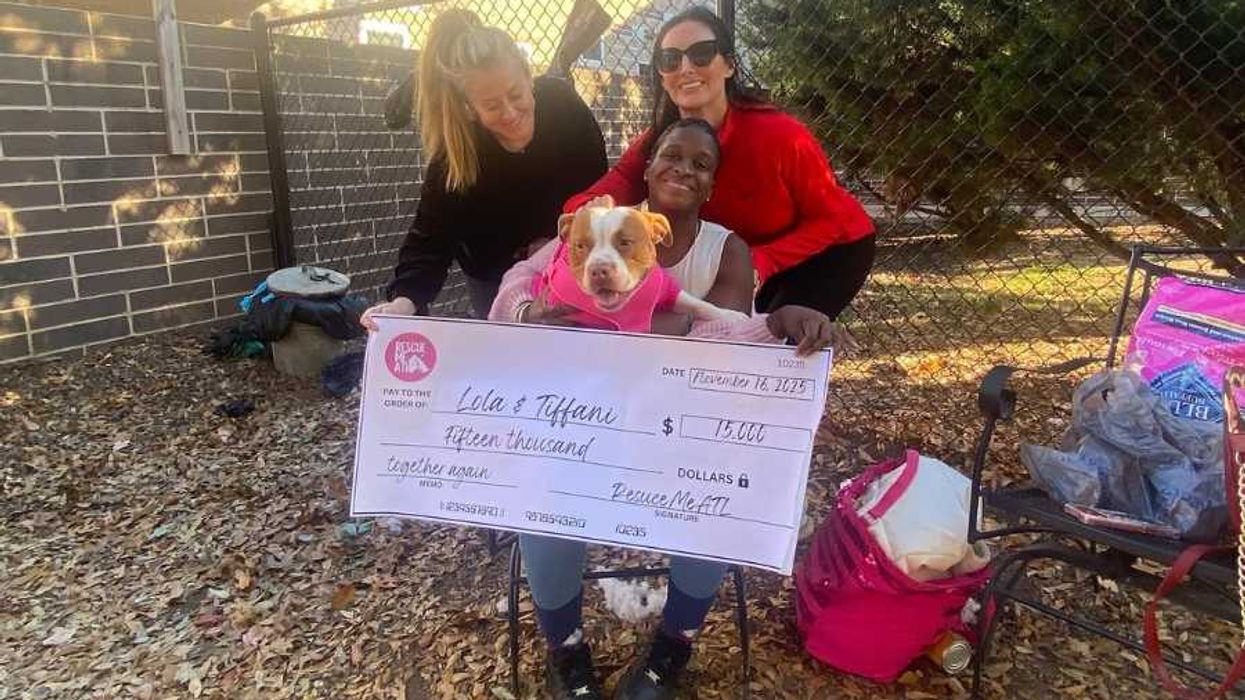Pakistan’s tribal districts, located on the border of Afghanistan, are home to some of the most dangerous Taliban and al-Qaeda militants. These areas have been heavily targeted by U.S. drone strikes since 2004, and, according to the Bureau of Investigative Journalism, the attacks have killed 2,296 people, including 416 civilians of which approximately 168 were children.
To bring attention to the numerous civilian casualties, a group of Pakistani artists have come together under the banner #NotaBugSplat to create giant artwork visible from high overhead. Their work features the faces of children whose lives have been forever altered by these attacks. The collective gets its name from the term “bug splat” which is used by drone operators to describe how victims look on their video monitors after an attack.
The first photo released by the collective is a girl whose parents, according to lawyers, were killed by drone attacks. The artwork is meant to grab the attention of drone operators by attaching a face to the civilian casualties. “We tried to replicate as much as we could what a camera from above will see looking down,” one of the Pakistani artists said. “You will see how tiny people are and they look like little bugs. We wanted to highlight the distance between what a human being looks like when they are just a little dot versus a big face. One hope is that it will create some empathy and introspection.”
Proponents of the drone attacks dispute the civilian casualty claims and consider the attacks justified because they’ve succeeded in terminating high-profile targets, including Taliban leaders Baitullah Mehsud and Hakimullah Mehsud.
















 Otis knew before they did.
Otis knew before they did.